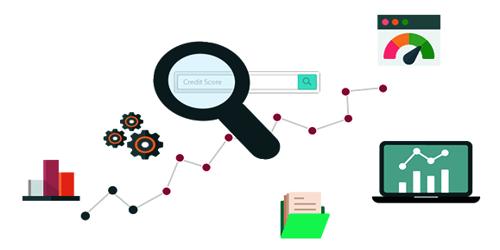Important Financial Ratios for Credit Analysis
Credit analysis covers the area of analyzing the character of the borrowers, capacity to use the loan amount, condition of capital, objectives of taking a loan, planning for uses, probable repayment schedule & so on.
The creditworthiness of a loan applicant can be measured by analyzing the data in the financial statements. Ratio analysis is done either for comparison or for identifying the indicator of trend analysis.
However, the basic ratio calculated from the financial statement is stated below:
(1) Measures of liquidity: Liquidity ratios attempt to measure a company’s ability to pay off its short-term debt obligations. Common measurement ratios are: Current Ratio, Quick Ratio, Cash Ratio, and Cash Conversion Cycle. They are based on different portions of the company’s current assets and current liabilities taken from the firm’s balance sheet.
(2) Measures of management efficiency: Measuring the effectiveness of the management team is done by using the financial performance and customer feedback data of the company. It is measured by:
- Amount of Profit or Surplus.
- The rate of Productivity.
- Response Rate of Managers to the Feedbacks.
- Working Environment of Organization.
- Labor-Management Relationship.
(3) Measures of loan-equity balance: It is a common metric used by financial analysts to measure a company’s financial health. It is calculated by dividing a company’s total liabilities by its shareholder equity. If the ratio is too high, it means that the bank may not have enough liquidity to cover any unforeseen fund requirements.
(4) Measures of profitability: These are a set of financial metrics that are used to assess a business’s aptitude to create earnings relative to its related expenses. The ratios are most useful when they are analyzed in comparison to similar companies or compared to previous periods.















